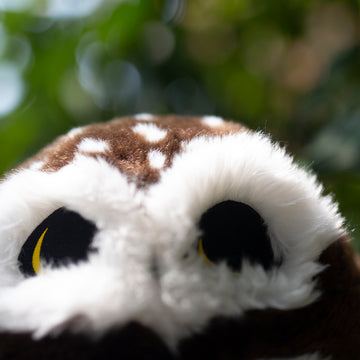What is a giant isopod? Can I keep a giant isopod as a pet?

The pillbug — that roly poly backyard bug — has a colossal cousin that lives in the ocean’s darkest depths. The giant isopod (Bathynomus giganteus) roams the deep seafloor feasting on fish carcasses and other debris that fall from above.
What is a giant isopod?
A giant isopod is any of the almost 20 species of large isopods (crustaceans distantly related to shrimp and crabs, which are decapods) in the genus Bathynomus. They are abundant in the cold, deep waters of the Atlantic, Pacific, and Indian Oceans.Bathynomus giganteus, the species upon which the generitype is based, is often considered the largest isopod in the world, though other comparably poorly known species of Bathynomus may reach a similar size (e.g., B. kensleyi). The giant isopods are noted for their resemblance to the much smaller common woodlouse (pill bug), to which they are related.
Isopods rely on food falling from closer to the surface, as the seafloor is mostly barren. Occasionally big parcels of food reach the seabed, such as whale falls.
A giant isopod grows up to 16 inches (40 cm). This is much bigger than its terrestrial relative the pillbug, which is less than an inch (2.5 cm) long. Its large size makes it an example of deep-sea gigantism. This term describes the phenomenon of deep-sea animals evolving to a much larger size than their relatives that live in other habitats.
Although scientists aren’t exactly sure what causes deep-sea gigantism, the two rules that are commonly used to explain it are Kleiber’s rule and Bergmann’s rule. Kleiber’s rule states that larger animals are generally more efficient. Bergmann’s rule states that sea animals who dwell in colder water are larger in size.
The giant isopod lives in an extreme habitat: the deep sea. It can live more than 1600 feet (500m) below the ocean’s surface — dark depths with less than one-millionth of the sunlight found at the surface.
Can I keep a giant isopod as a pet?
Unless you have the means to build a pressure chamber large enough to contain a large ammount of sea water there is no way you can keep one as a pet. Unfortunately their body had evolved to work at very high pressures and bringing it to the surface would kill it.
Of course there are some aquariums that can do it now, If the aquarium can keep them alive, it should be possible for us to do so as well.
Of course, if you want a giant isopod as a pet, our stuffed giant isopod plush toy can be the perfect substitute!
Check Our Product: Stuffed giant isopod Plush Toy







